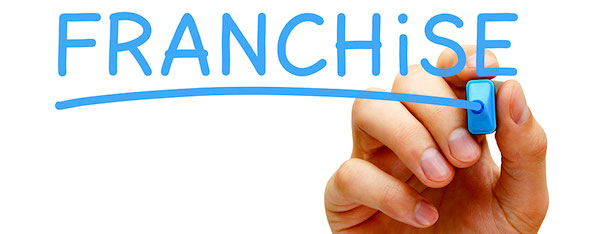The Path to Franchise Success

There are many ways to start a business, and each entrepreneur will take his or her own individual path. Variations may exist in terms of planning, development, funding, and management, and of course, there are countless different types of businesses offering countless different products and services. But no matter the paths taken or strategies implemented, the goal is always to create a profitable venture which you can call your own.
To the average person, the traditional method of starting a business involves developing an original idea, product or technique. While there is obviously nothing wrong with this entrepreneurial path, it can be much more challenging and risky than a common alternative. That alternative is the franchise, and it allows entrepreneurs to create and build their own business with less strain and creative development than its traditional counterpart.
The Fundamentals of Franchising
By its simplest, most legally correct definition, a franchise is essentially nothing more than a license. But in a much more practical and meaningful sense, a franchise is an agreement and a relationship between a company (franchisor) that allows its name and operating methods to be used by an entrepreneur (franchisee). In exchange, the entrepreneur agrees to operate their business according to the terms of the lease.
Business Format Franchising
The most commonly known and recognized type of franchises are known as business format franchises. These are based on an earlier model called the trade name franchise, and the main difference came in the rights of the franchise. Whereas in a trade name franchise, a franchise only owned marketing rights for his or her company, modern business format franchises allow entrepreneurs to have more ownership rights over the entire business, even including operating methods.
Product Distribution Franchising
Also known as traditional franchising, product distribution franchising may be less recognized and identified with franchising by the general public, but it is actually larger in terms of total sales than its business format counterpart. While business format franchising puts the focus on the system of doing business, traditional franchising has more emphasis on the products manufactured by the franchisor and supplied to the franchise. This is commonly found in gasoline, bottling, automotive and other industries.
Franchising Standards
The changes that came about in the rights of franchisees allowed for much greater control and customization for entrepreneurs who were looking to own a business. These shifts put a much greater emphasis on the success and development of small business owners, instead of simply churning out the same old thing from major corporations. It also allows for a more significant local impact, as franchisees can tailor their service and marketing to the needs of their communities.
But in order to obtain a franchising license and successfully operate this type of business, one must still adhere to franchise standards. If you feel this might be the right path for you to create your business, the first steps include:
- Developing an effective business model, including prospective customers and suppliers, as well as funding strategies.
- Developing a model that will provide consistent positive results without obvious issues.
- Creating a system for employing, training and maintaining a staff that will provide a high level of quality production.
- Maintaining a model with the same standards, branding, and values as the franchisor.
